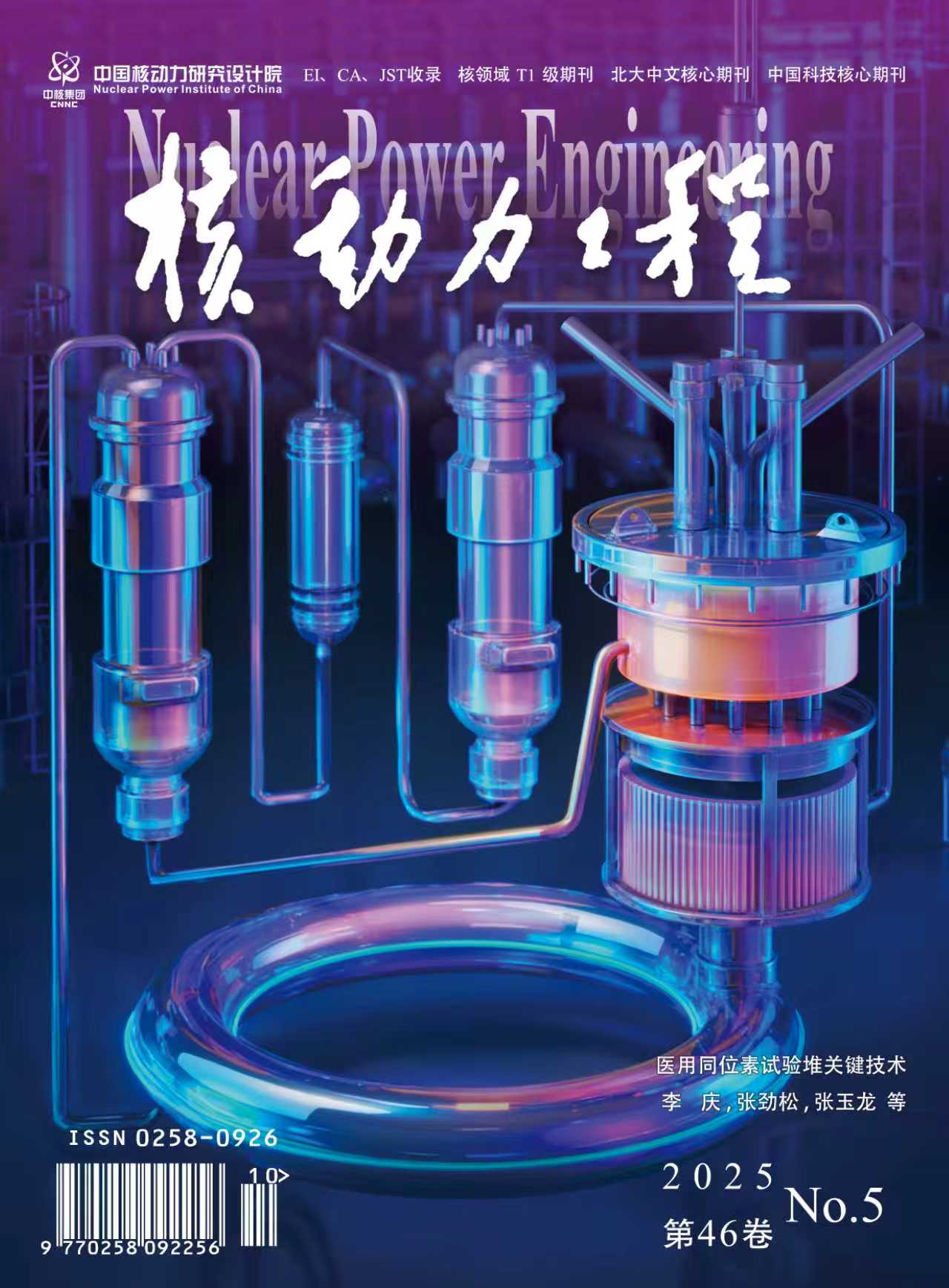Abstract:
The design of high-temperature heat pipe for heat pipe reactor is a multi-objective optimization problem with constraints. This paper aims to achieve rapid multi-objective design optimization of high-temperature heat pipe. For high-temperature heat pipe, main line, channel, wire mesh, sintering and other wicks are considered. In this paper, based on the improved thermal resistance network method, the non-dominant genetic algorithm II is used to optimize the thermal resistance and capillary mass flow. The results show that the performance of the heat pipe is related to the working medium and the wick. The working medium potassium is better for round and rectangular main lines, and the working medium sodium is better for triangular grooves and sintered fibers; For thermal resistance in sodium heat pipe, the ranking is in the order of circular main line, wire mesh, rectangular groove, sintered particles, sintered fiber, triangular groove, circular main line and rectangular main line; for flow, the ranking is in the order of circular main line, wire mesh, sintered particles, rectangular groove, rectangular main line, circular main line, triangular groove, sintered fiber. In the range of 800~950 K, the increase of working temperature results in the reduction of thermal resistance by more than 89.9% except for the annular main line, flow increase by more than 320.8%. In the annular main line, the thermal resistance is reduced by 93.5%, but the flow is reduced by 8.8%. This study can provide reference for the design optimization of high-temperature heat pipe of nuclear reactor, and for improving the performance of high-temperature heat pipe.




